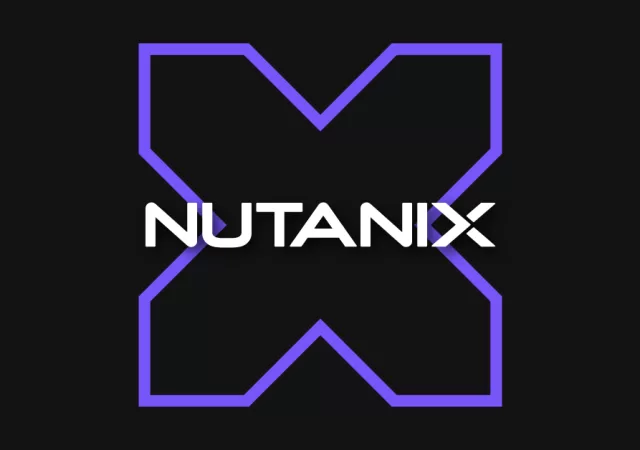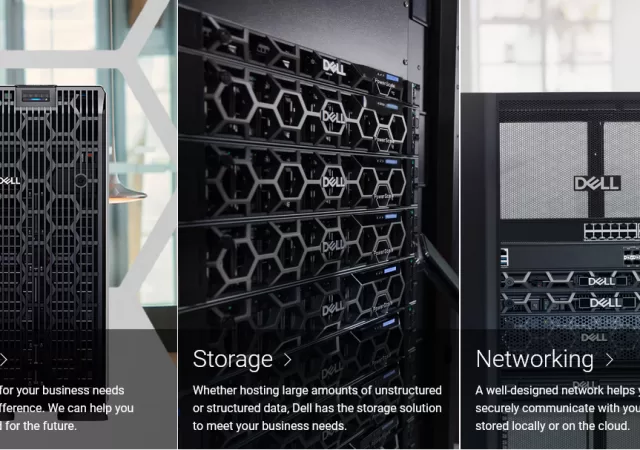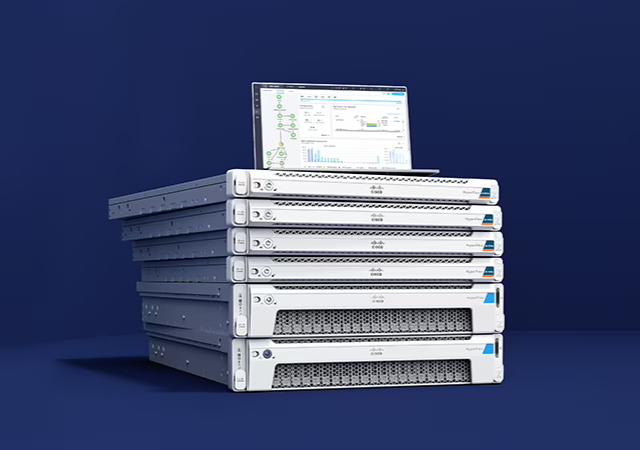Nutanix caps fiscal year 2025 with strong results. Learn about their growth and the benefits of their multi-hybrid cloud platform.
Dell Technologies Brings Significant Updates and Upgrades to Cloud Portfolio
Dell Technologies brings a bevvy of updates, upgrades and improvements to its portfolio of offerings for its server and private cloud solutions.
Nutanix Cloud Platform Comes to Dell PowerStore
Dell PowerStore is now supporting Nutanix Cloud Platform, reducing infrastructure complexity while lowering costs for businesses.
Cisco Discontinues HyperFlex HCI
Cisco has announced that it is discontinuing its HyperFlex HCI product family in 2024 due to evolving customer needs and market dynamics.
Nutanix Announces Generative AI Solution ‘GPT-in-a-Box’
Nutanix GPT-in-a-Box is designed to make it easy for businesses to get started with generative AI, even if they are not tech savvy.
Hybrid Cloud: Doing More with Less
Looking beyond the uncertainty of the current realities, it seems like businesses need to continue to be agile and maximize on the Hybrid cloud.








